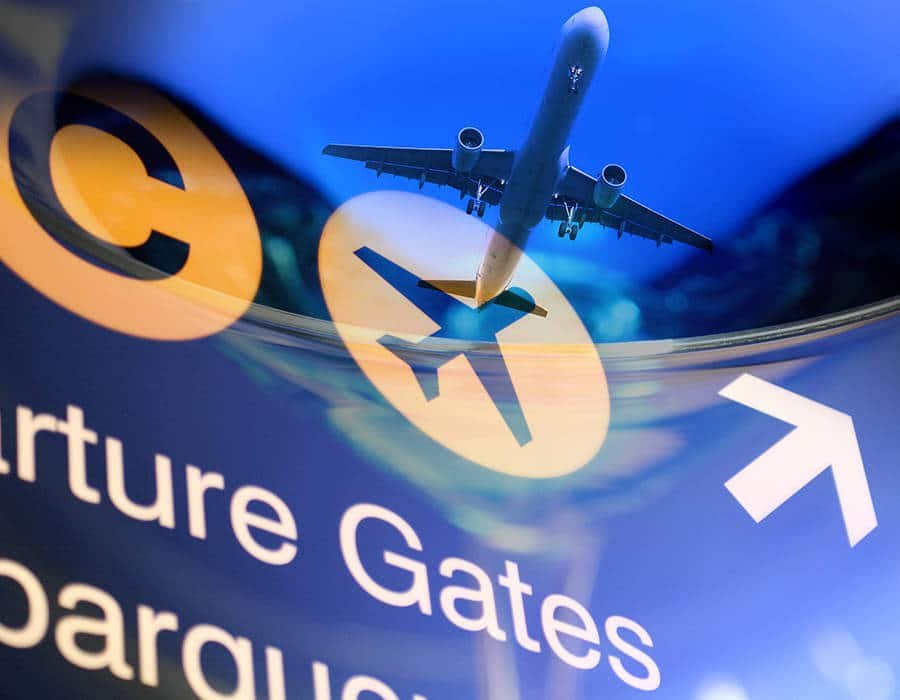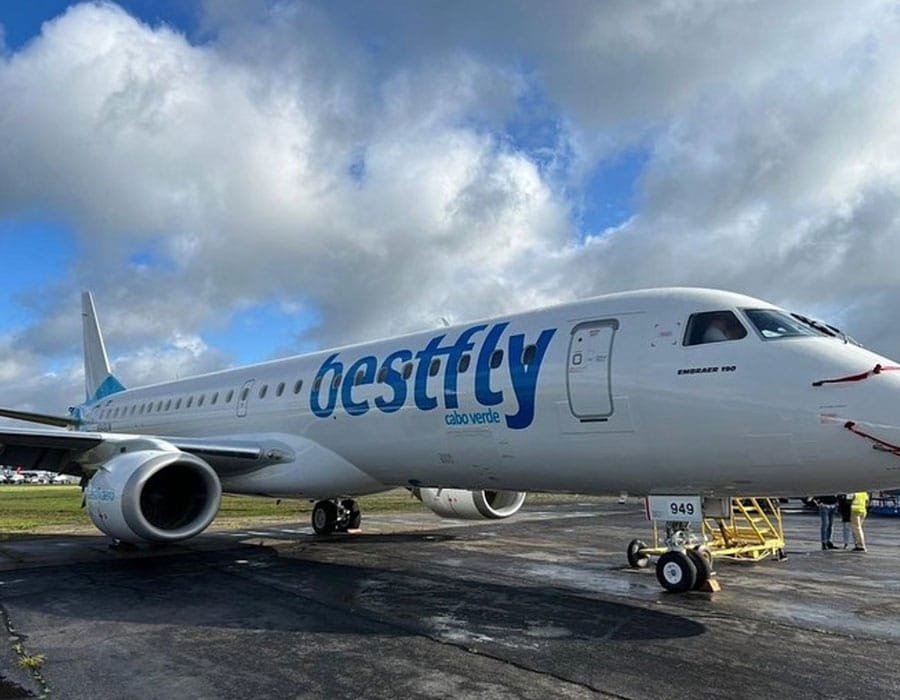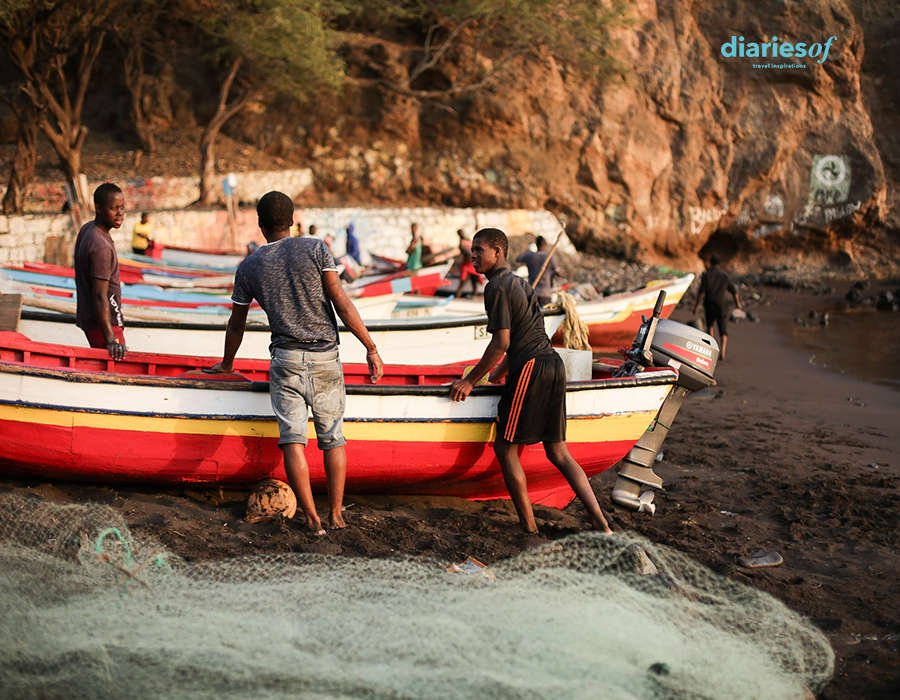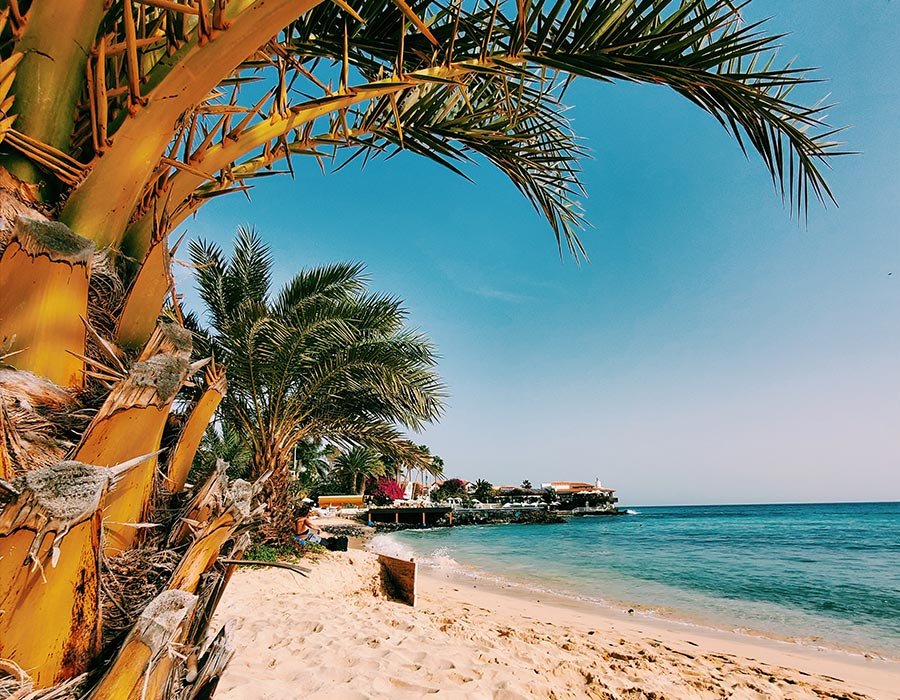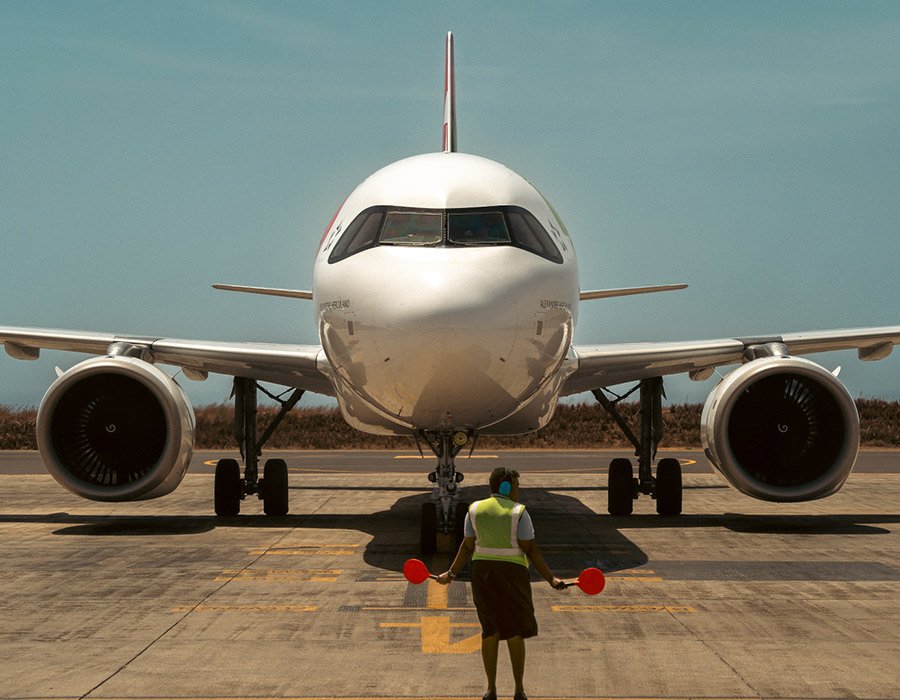Post updated here
Information on internal flights in Cape Verde is scarce and often confusing.
But don’t worry, we’ll tell you all about it in detail.
As in most of the islands, there are logically two options to move between them; by sea, through ferries and by air with internal flights in Cape Verde. Whenever possible we recommend using the airplane, and we will explain why… First, let’s get to know a little about the main means of communication in Cape Verde:
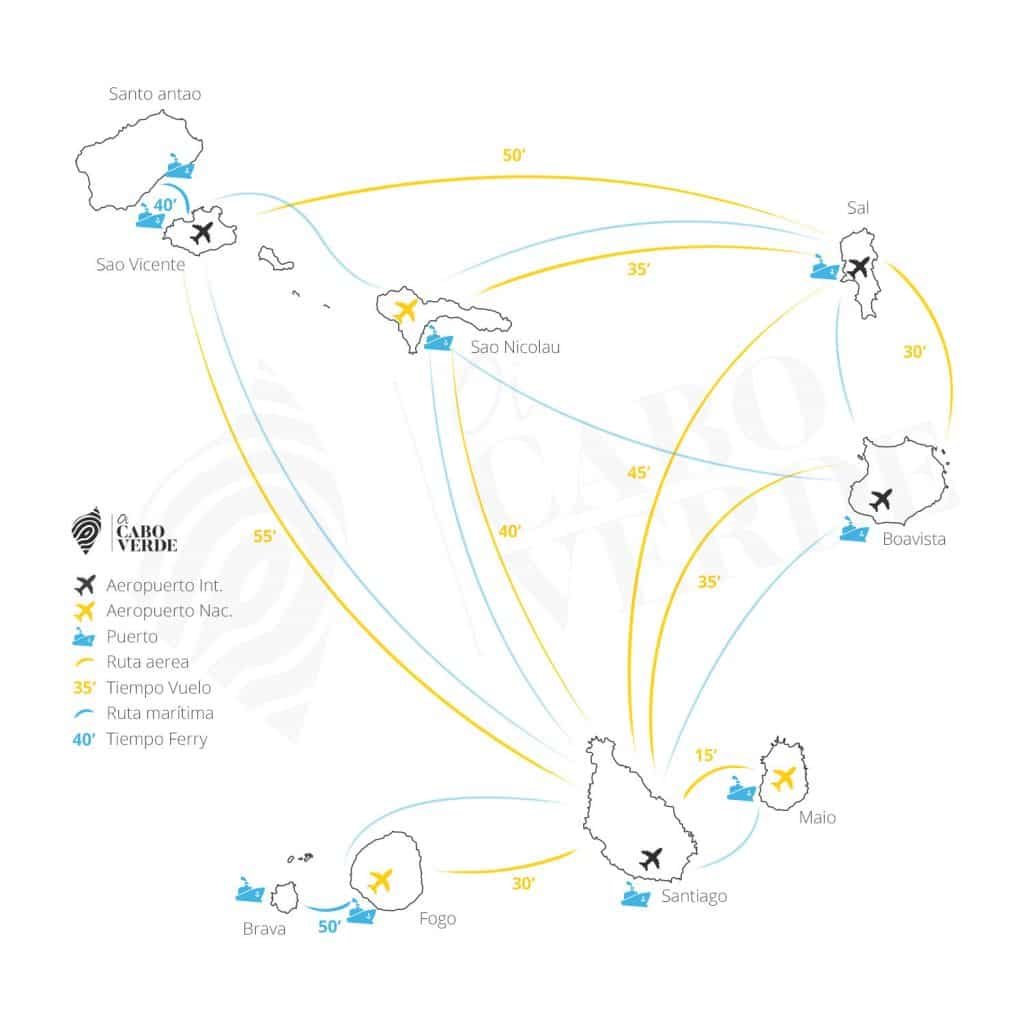
As we can see, the archipelago has four international airports: Praia (Santiago), Sal, Mindelo (Sao Vicente) and Boavista, followed by a small network of domestic airports on the islands of Maio, Fogo and Sao Nicolau. The islands of Brava and Santo Antao have no internal flight options within Cape Verde and are accessible only by ferry. By sea, all the islands have a port and ferry option. Below is a table with the most important routes and their weekly frequencies:
Flight / Ferry Frequencies
S.Vic. – S.Antao Ferry | Daily
S.Vicente – Boav. Airplane : Thursday to Sunday
S.Vicente – Salt Airplane | Daily
Praia – S.Vicente Plane : Daily
Praia – Sal Airplane : Daily
Praia – Boavista Plane : Does not fly on Tuesdays
Praia – Fogo Airplane : Daily
Praia – Maio Airplane : Twice a week
Praia – S.Nicolau Plane : Twice a week
Sal – Boavista Plane : 3 times per week
Sal – Sao Nicolau Plane : Once a week
Fogo – Brava Ferry : Twice a week
* The schedules, frequencies and even routes can be modified according to the months or the new policies of the respective companies. Apart from those shown, there are also other flights with very low frequency and with “One way” option, due to the circular routes between several islands.
Internal flights in Cape Verde, which company operates them?
The company that operates between islands in the Creole archipelago is Binter Cape Verde. This Canary company always offers a good experience and a very flexible cabin baggage policy. In addition, the fares include checked baggage of 20kg included.
In terms of ferries, the company that operates all routes is Interilhas, which, with 7 routes and 5 types of ships, two of which are fast, covers all inter-island maritime transport.
For more information related to internal flights in Cape Verde and ferries you can click on the following links:
"Many times, when planning a trip ourselves, we do not take into account internal flight schedules and/or the possible problems that delays or cancellations may cause in our program."
Cape Verde, a perfect vacation destination
We recommend using ferries only when there is no alternative. As we can see in the map, there are islands that do not have internal flights in Cape Verde, such as Brava and Santo Antao; in these cases we will only have this option. In the case of Santo Antao, the ferry is very comfortable and the experience is as pleasant as it is fast, and we can always enjoy good views.
The case of Brava is somewhat more complicated, and as its name indicates, the wind has not historically helped its communications. In 1988 an aerodrome was built that was barely in operation for two years; the fact of having to land daily in hostile conditions, and being a real adventure, precipitated its early closure. Today we can visit the airport facilities and still wonder how the aircrafts were supposed to land….

View from the Ferry in Sao Vicente
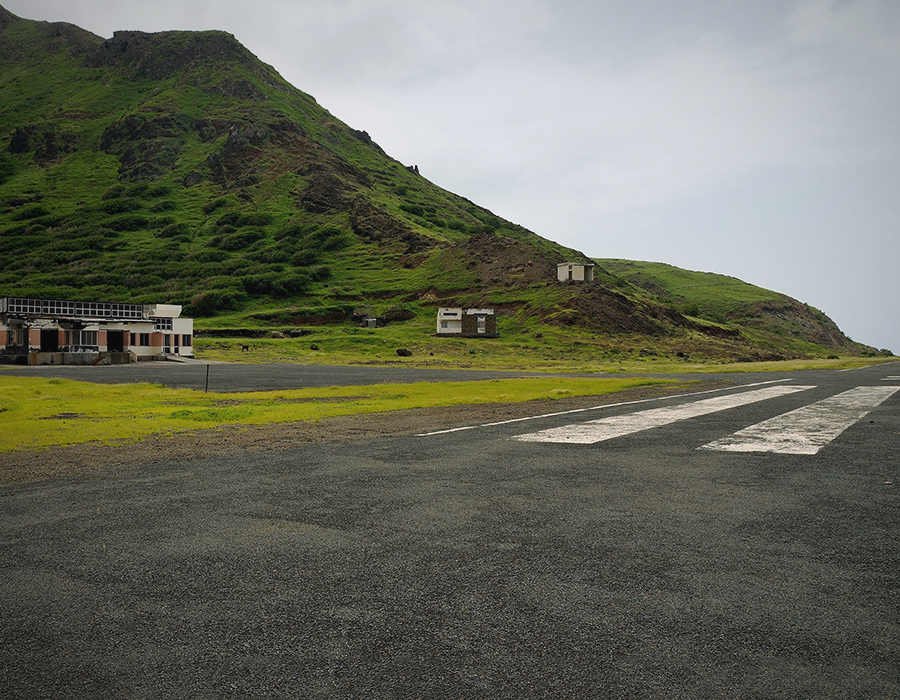
Non-operational airfield, Brava
Air and sea routes
The rest of the routes that have internal flights available in Cape Verde, we recommend without a doubt the airplane, for two reasons; the quality of the service and the lower risk of suffering long delays or cancellations. Some connections between islands by sea, depend on the occupation of the ferry, and sometimes, if it is not full enough of passengers and goods, they delay it until it is full or simply cancel it. Also, depending on the route, especially the long ones, the comfort and experience with the waves would not provide a pleasant experience at all. If you are a person who gets seasick easily, don’t hesitate; airplane.

Landing in Sao Filipe (Fogo)
Dry Mist, an enemy for Cape Verde's inland flights.
In the winter months, this meteorological phenomenon can occur in which a very dry air mass with suspended dust is dragged from the Sahara desert towards the Atlantic Ocean. In the months when this effect may occur (January, February or March), some internal flights in Cape Verde may be affected, especially at non-international airports. Some of the smaller airfields do not have anti-fog systems and do not authorize take-off or landing until conditions permit.

Dry haze satellite view (Source: NASA)
The importance of being supported by a specialist agency.
Whether you choose to travel between islands by ferry or through internal flights in Cape Verde, it is highly recommended that you have a trip designed by a specialized agency; we tell you about it.
Many times, when planning a trip ourselves, we do not take into account the schedules of internal flights and/or the possible problems that delays or cancellations may cause in our program. The fact of being accompanied by your agency of origin and in all the islands of Cape Verde, allows you to travel with 0 worries.
In our case, we are informed of any kind of notification concerning internal flights in Cape Verde and ferries, even before they are published on the official websites. In this way, with this updated information and our experience, we can anticipate and provide quick and efficient solutions. This way your scheduled itinerary will be affected as little as possible.
So now you know, all the information regarding internal flights in Cape Verde is a little clearer.







